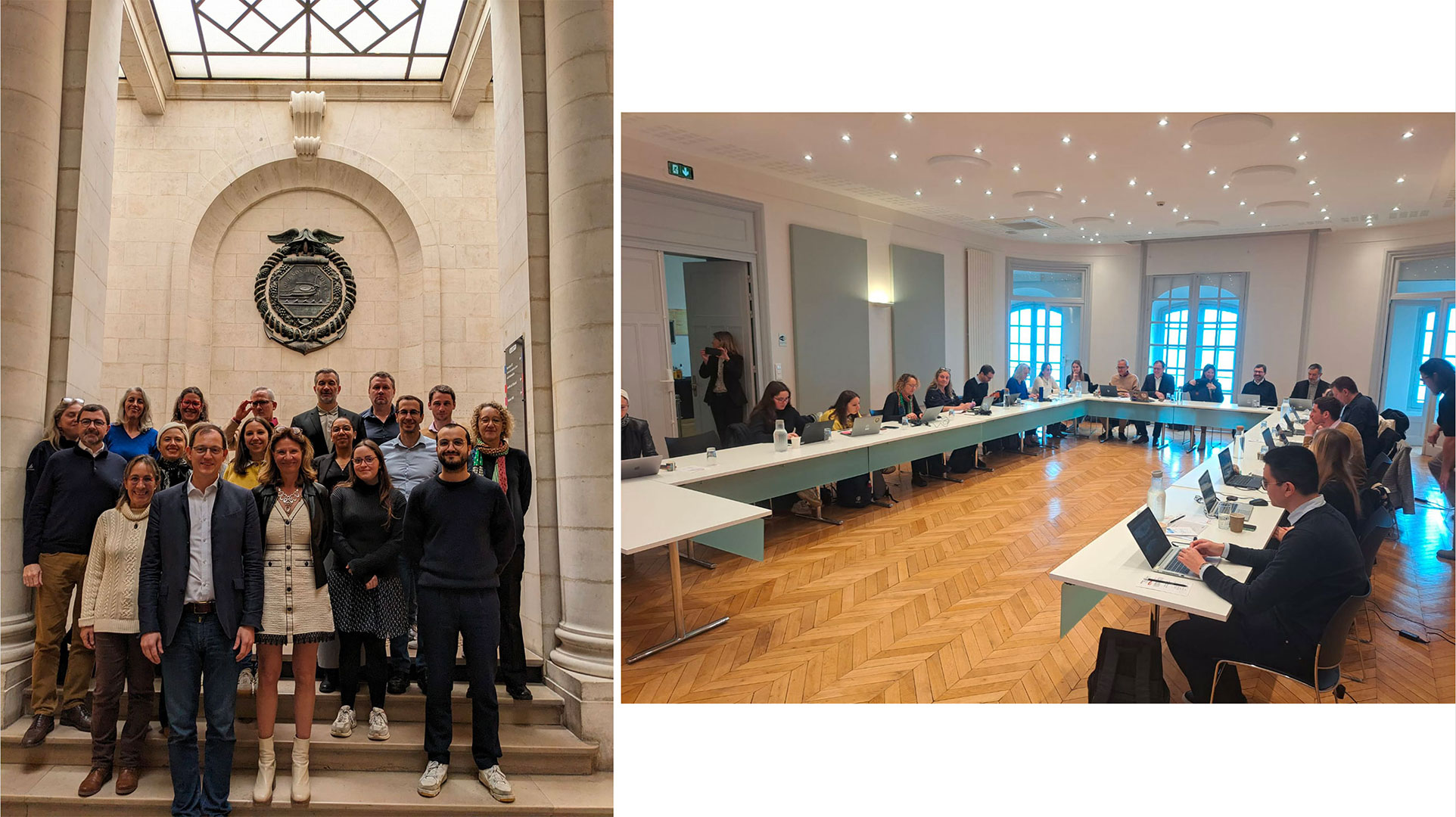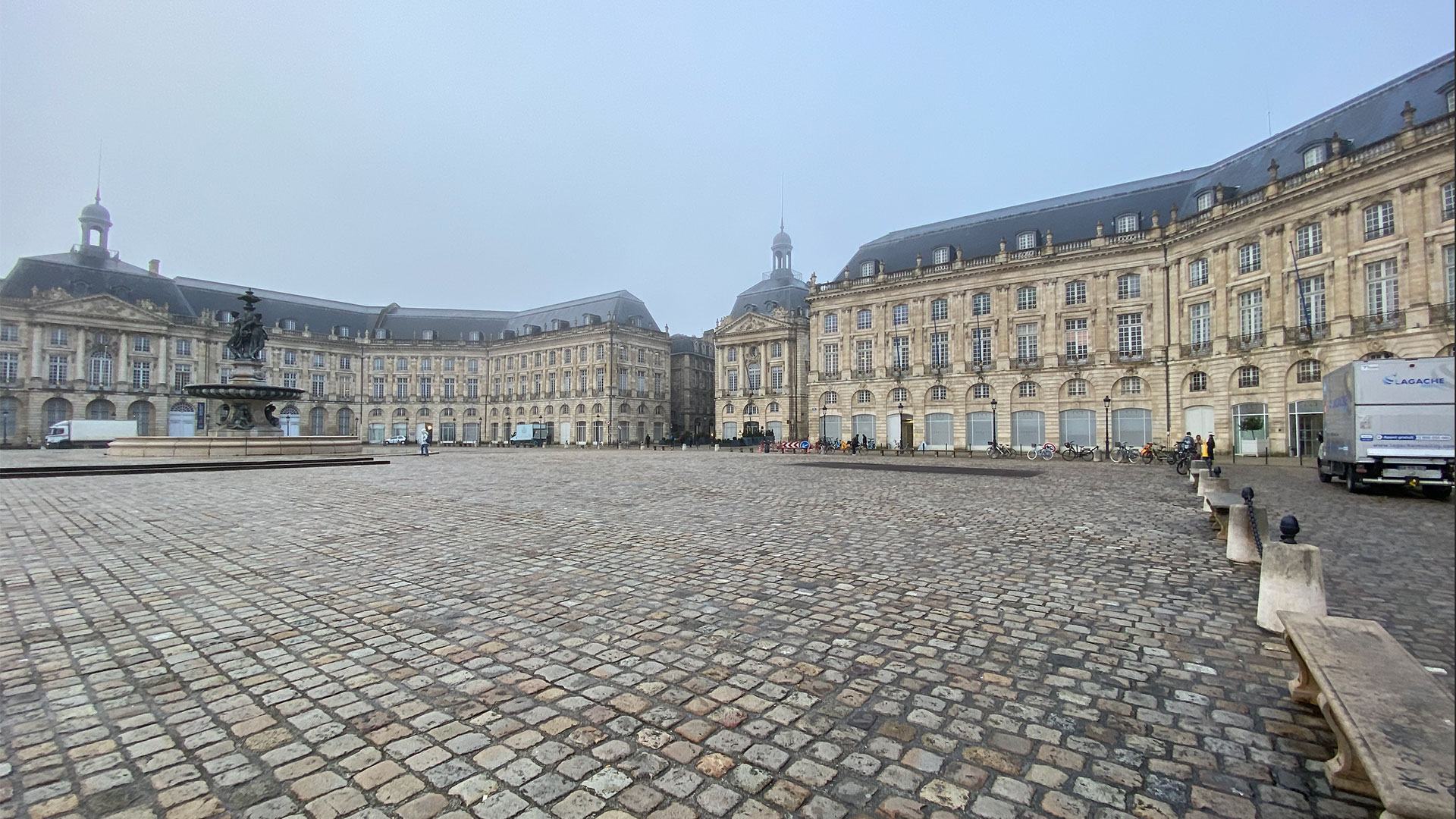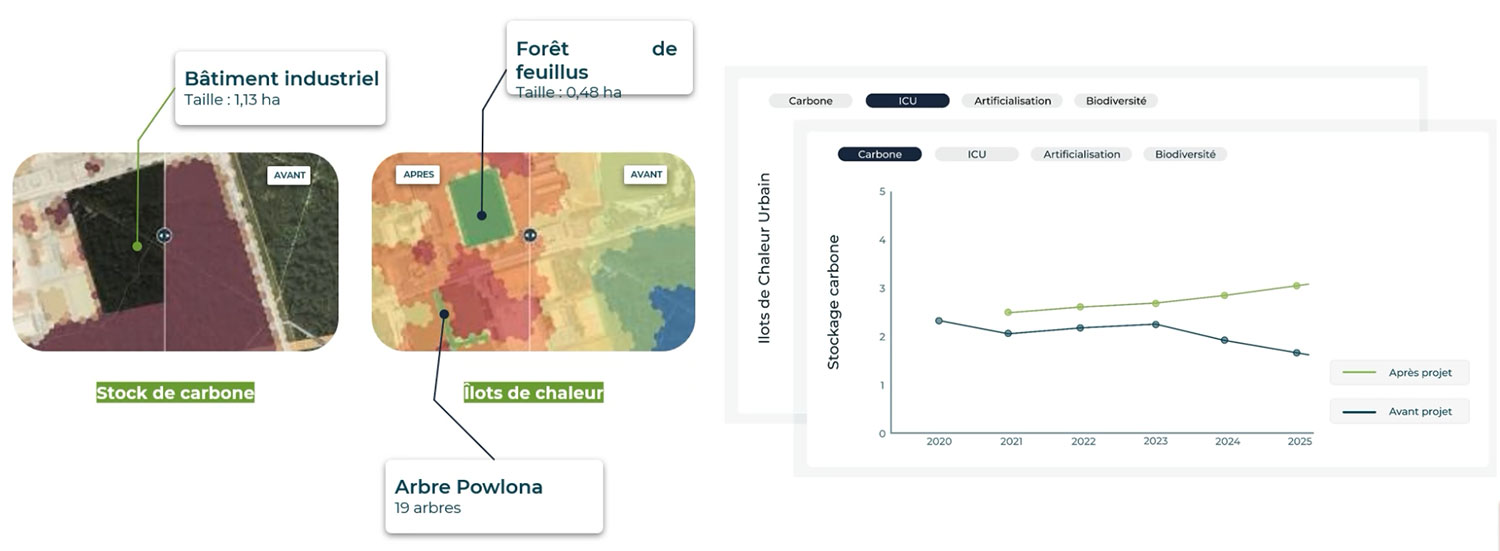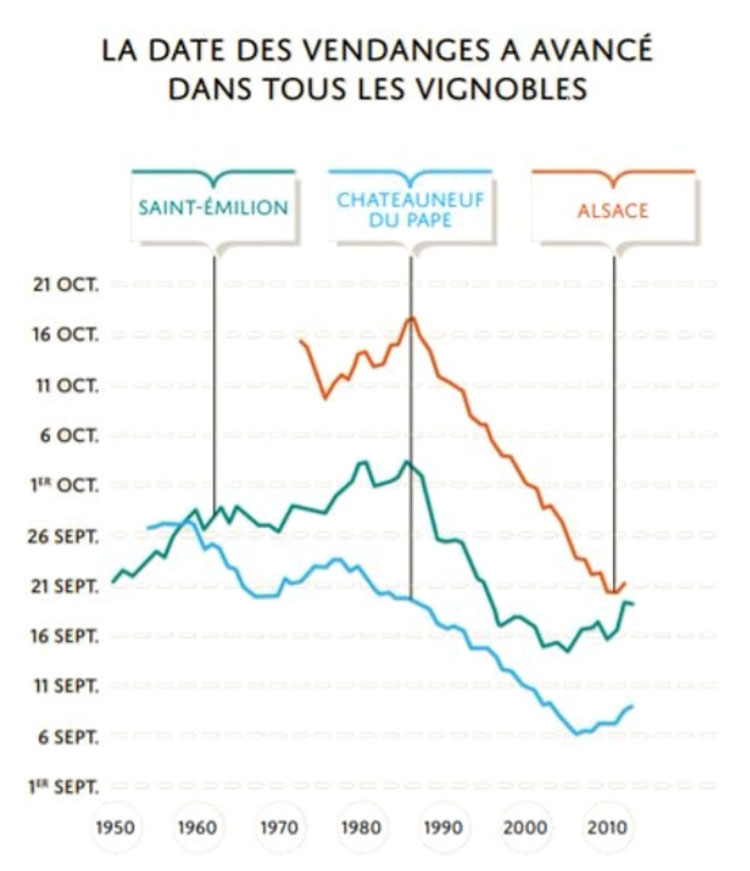12th SCO France meeting
Meeting twice a year, the members of SCO France take advantage of these opportunities to get together in some of the region's most emblematic locations. On 13 February 2025, the meeting was held at the Palais de la Bourse, a splendid building in the heart of Bordeaux.
The morning session
A historic monument with huge staircases, herringbone parquet floors and high, molded ceilings, the atmosphere is one of respect and grandeur. Perfect for motivating the SCO pioneers!

▲ On the left, the stairs of the Palais de la Bourse leading to the meeting room of the Salon Château Margaux. © SCO/C. Losada
👉 The session opened with an update on the SCO International by Laurence Monnoyer-Smith, Director of Sustainable Development at CNES, and Alexia Freigneaux, Head of International Relations for the SCO at CNES. In addition to praising the Eurisy Hubert Curien Prize awarded at IAC 2024, the two speakers recalled the latest highlights and notified the preparations for the first signatures of the SCO Charter by private entities as part of the due diligence process. A quick glance at the agenda confirms that 2025 will be a busy year.
|
👉 Frédéric Bretar, SCO project manager at CNES, takes over to give an update on SCO France. With 69 projects approved, 27 of which are still in progress, he emphasizes that one of the characteristics of the SCO is that "we don't leave the projects once the SCO phase is over: we continue to support them and to promote them on our channels and at our events, possibly producing audio-visual material, etc.". |
💡 The satellites scheduled for launch in 2025 will support the SCO with new data and new performances, and therefore new solutions: CO3D (three-dimensional optical constellation), MicroCarb (localization and quantification of CO2 emissions) and IASI-NG (atmospheric sounding). |
👉 Call for projects 2024. Both internationally and in France, the responses are numerous and of high quality. While participants were given the first glimpse of some of the news, the French edition will be announced at the Congress on 20 March 2025 (open to all, so don't hesitate to register). Frédéric Bretar congratulated and thanked the 27 reviewers, most of whom were IOC members, who each analyzed seven projects.
👉 Communication. The trend is confirmed: "project focuses" now account for 60% of the news published. Presenting the main communication channels and the evolution of the website as the SCO has grown, the editorial manager, Karol Barthelemy, also reminds us of the importance of collaborations in terms of communication, with loyal partners on a national scale (Theia, Applisat, Connect by CNES, SFPT) as well as on an international scale (UNEP, GEO, PAHO). The most popular LinkedIn post👍👏 in 2024: the call for projects! A discreet but not insignificant statistic, this audience of likes confirms that the call for projects is well identified (expected?) and that the SCO method is popular.
👉 Efforts are also being made to raise awareness. Célie Losada, in charge of SCO projects at CNES, gave a preview of two innovative and unexpected communication vectors. In other words, dear readers, you're about to be surprised, so stay tuned to the SCO! (for example via LinkedIn and/or our newsletter)
👉 Tools and data. As projects are systematically invited to every SCO event or participation, hosting them in Bordeaux was a matter of course:
- Target 2050, a project currently being implemented in Bordeaux Métropole. Basile Goussard, founder of NetCarbon and project leader, told the audience about the relevance and practicality of the tool being developed: a dashboard enabling cities to simulate the impact of their development projects according to three criteria that have become unassailable: carbon neutrality, Zero Net Artificialization and adaptation to a trajectory of +2 to +4°C. The presentation at was remarkably clear and drew rapturous applause!
|
▶︎ Example of a Target 2050 simulation of the greening of the Place des Quinconces in Bordeaux. © NetCarbon |
|
-
Speaking by videoconference from the Toulouse Space Centre, Emeric Lavergne, Downstream projects manager at CNES, gave an overview of the France 2030 calls for projects for the implementation of operational service demonstrators making the most of space-based data in six priority areas of interest for management and public authorities: hydrology (activated at the end of January 2025 during rainy events in Ille-et-Vilaine), maritime monitoring (ship detection), crisis monitoring and management, knowledge and monitoring of the coastal strip, monitoring of night lighting and the impact of light pollution, estimation and monitoring of economic indicators. Winners have already been chosen for the first three themes, including several consortia that have submitted particularly well-developed POCs (proof of concept) as a result of being accredited with the SCO label.
-
Winegrowing and satellites: Vincent Lonjou, an engineer at the CNES Lab'OT, told us three stories of vineyards for which satellite solutions have been studied:
-
Flooded vines: after a typical Cévennes episode, Pléiades VHR imagery can be used to carry out a precise, large-scale survey of damaged vines.
- Smoky vines, whose grapes retain the taste of soot particles: thanks to maps produced by satellite atmospheric soundings which allow the path of the smoke to be followed, winegrowers can identify the affected plots and thus separate the harvests.
- Modulation of inputs in the vineyards: at the request of Cognac winegrowers, the challenge was to accurately determine the foliar index (leaf density) of the vines, which involved identifying the vines and the inter-row vegetation separately, a particularly time-consuming stage. Using the PVVI index (Pleiades Vine Vegetation Index), the farmers were able to recalibrate their spraying machines, saving 25% on inputs.
-
Bordeaux means wine
Wine is not just a matter of pleasure. It's a symbol of France and an economic market based on thousands of hectares of traditional grape-growing, all of which has been turned upside down by climate change.
💡 Did you know that oenology became the art of wine chemistry thanks to Louis Pasteur? In 1856, he discovered that micro-organisms were at the root of alcoholic fermentation, while studying the defects in wine at the request of Napoleon III, who wanted to improve wine conservation to support exports.
 |
◀︎ The day ended with a visit to the Cité du Vin, a fascinating place of culture, history and discovery. © SCO |
A big thank you to all the participants, see you at the next IOC in July 2025!





